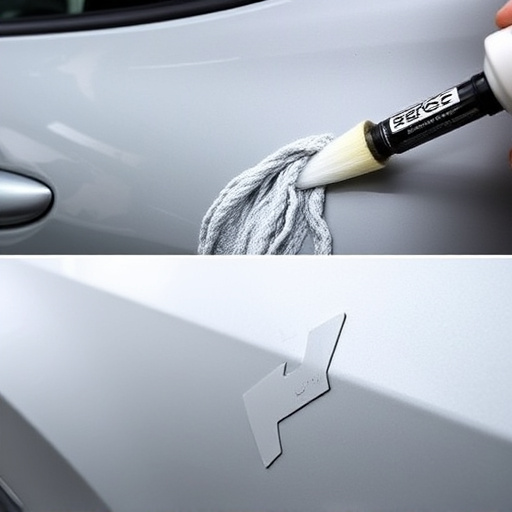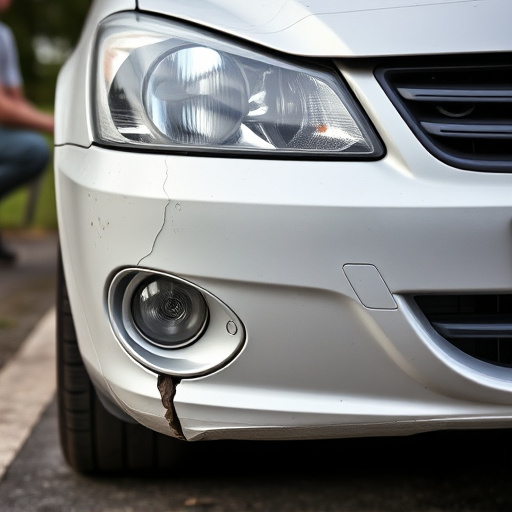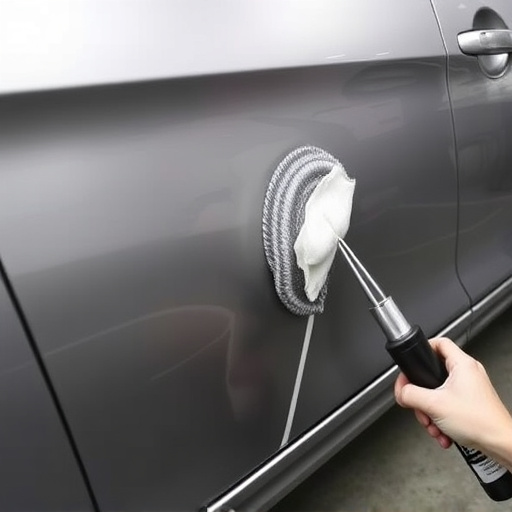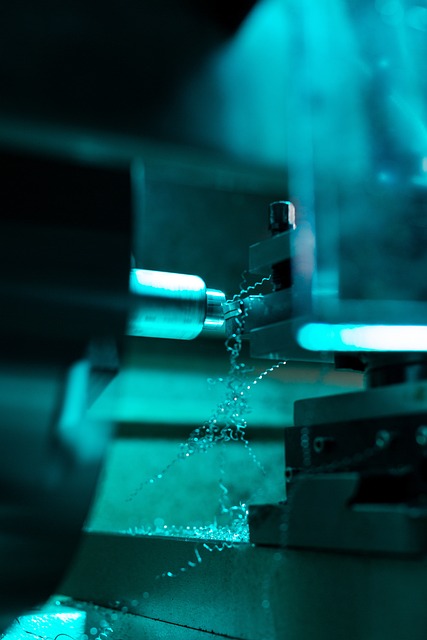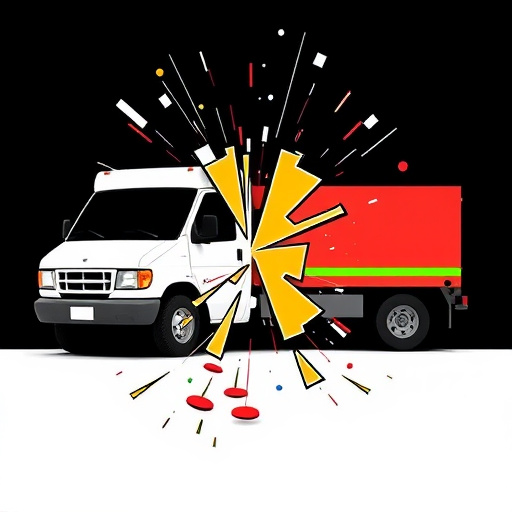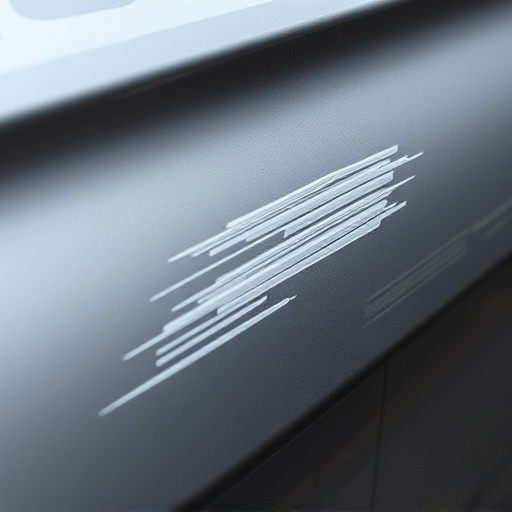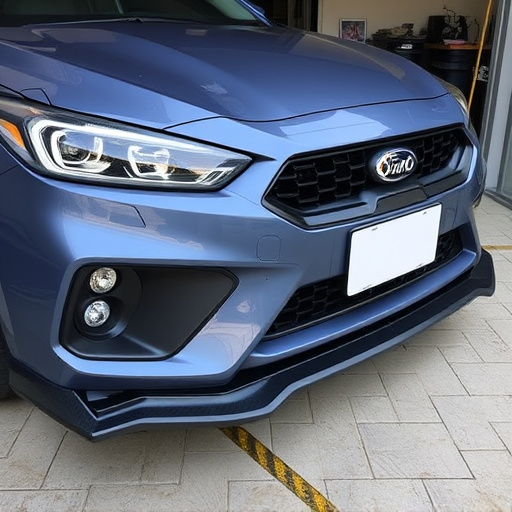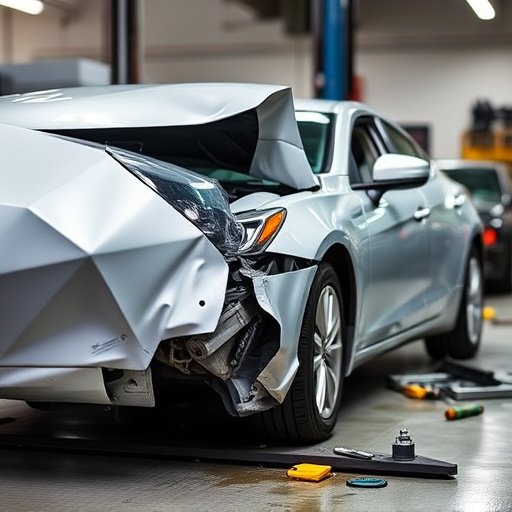Inspect matte finish repairs for visible textural discrepancies, uneven color application, and imperfections at joins & edges. Look for seamless transitions, perfect color matching, and lack of brush strokes or damage indicators for high-quality workmanship in automotive repair services.
Spotting poor matte finish repair work can be a challenge, but with keen observation, you can identify subpar workmanship. This article guides you through three crucial steps: observing textural discrepancies in the finish, checking for uneven color application, and inspecting joins and edges. By paying attention to these details, you’ll be able to distinguish professional from amateur repairs, ensuring your matte finishes meet high-quality standards.
- Observe Textural Discrepancies in the Finish
- Check for Uneven Color Application
- Inspect Joins and Edges for Signs of Poor Repair
Observe Textural Discrepancies in the Finish

When evaluating matte finish repair work, one of the most telling signs of poor workmanship is visible textural discrepancies. Upon close inspection, you should look for areas where the new paint doesn’t seamlessly blend with the surrounding, undamaged surface. This isn’t just about color matching; it also involves the microscopic texture of the finish. If the repaired area feels or appears rough to the touch compared to the rest of the vehicle, it’s a strong indicator that the repair job was rushed or done improperly.
Pay special attention to edges and corners where the new paint meets the old. These areas often reveal the most about the skill and care applied during the repair process. In an ideal automotive body shop or automotive restoration scenario, the transition between repaired and undamaged sections should be virtually invisible. If you notice any ridging, bubbling, or uneven surfaces, it’s a clear sign that the matte finish repair needs further attention. Remember, achieving a flawless finish is paramount in professional automotive repair services to ensure the vehicle retains its aesthetic appeal and protective qualities.
Check for Uneven Color Application

When assessing a matte finish repair job, one of the key indicators of poor work is uneven color application. A skilled technician should be able to match the original paint perfectly, ensuring no visible differences in hue or shade across the repaired area. If you notice any blotchy or inconsistent coloring, it’s a red flag that the repair might not be up to par. This inconsistency can often be spotted by comparing the repaired surface with the surrounding unharmed areas of your car’s bodywork.
While looking for uneven color, also pay attention to any visible brush strokes or imperfections left behind. High-quality matte finish repairs should be seamless and free from such marks, as these can detract from the overall aesthetic appeal and durability of the repair. Remember that auto glass repair professionals specializing in scratch repair and car bodywork services are equipped with the tools and expertise to achieve a smooth, even finish.
Inspect Joins and Edges for Signs of Poor Repair

When evaluating matte finish repair work, one of the most critical areas to scrutinize is the joins and edges. These are often the first places where a lack of skill or rushed work will become apparent. Look for uneven lines, bulges, or gaps along these surfaces – signs that the repair wasn’t done properly. A professional matte finish repair should be seamless, with no visible evidence of the damage ever having been there.
Pay close attention to the corners and edges of the repaired area. If they don’t line up perfectly with the surrounding surface, it’s a clear indication of subpar workmanship. The same goes for any bubbles, cracks, or imperfections in the finish. These flaws not only detract from the aesthetic appeal but also compromise the structural integrity of the repair, making the fixed area more susceptible to future damage – much like how a small crack in auto glass replacement can spread and eventually require a complete replacement.
Spotting poor matte finish repair work involves keen observation. Look for textural discrepancies, uneven color application, and closely inspect joins and edges. By paying attention to these details, you can easily identify subpar repairs and ensure your surfaces maintain a consistent, professional matte finish.




